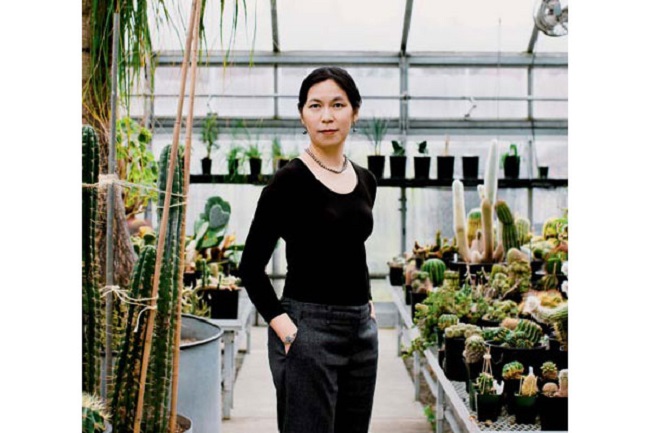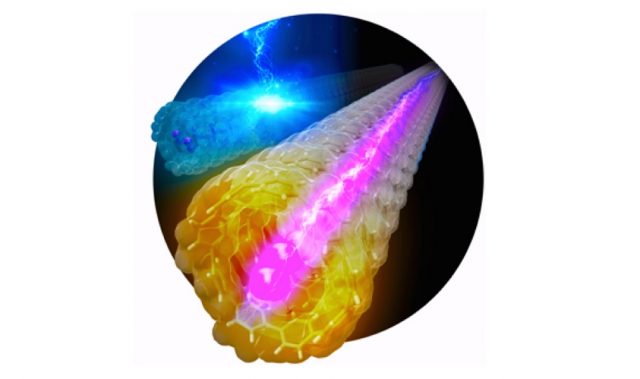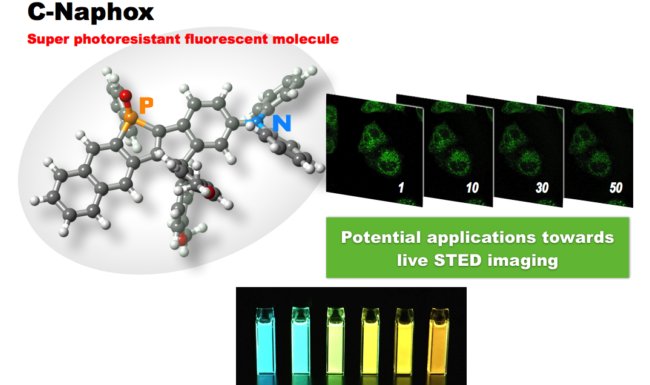
AsianScientist (May 4, 2015) – A study published in Cell shows how plants ensure that only one sperm reaches the egg during fertilization. Termed cell fusion, it is only the third time that this extremely rare process has been documented in plants.
Using live-imaging, an international group of plant biologists at the Institute of Transformative Bio-Molecules (ITbM), Nagoya University and other research institutes, have examined the ovules of plant cells, revealing a novel cell-elimination system based on an unusual cell fusion.
Assistant Professor Daisuke Maruyama from Nagoya University and Professor Tetsuya Higashiyama at ITbM and the JST-ERATO Higashiyama Live-Holonics Project, along with their colleagues, have shown that flowering plants, such as Arabidopsis thaliana undergo a cell to cell fusion to prevent the attraction of the second pollen tube after fertilization has occurred.
Cell to cell fusion is known to be extremely rare in plant cells due to the presence of the relatively tough cell wall. Only two other examples of plant cell fusion have been observed so far and over 110 years have passed since the identification of the two cell fusions.
Consequently, this research reports the third plant cell fusion event that was identified during normal developmental processes of flowering plants. The present study shows that cell fusion induces the selective elimination of the cell responsible for pollen tube attraction after successful fertilization.
In most flowering plants, the mature ovule contains a seven-celled embryo sac consisting of two synergid cells, one egg cell, one central cell and three antipodal cells. The pair of synergid cells are located adjacent to the egg cell and are known to be necessary for attracting the pollen tube towards the ovule.
Flowering plants undergo double fertilization by penetration of the pollen tube through one of the synergid cells (degenerated synergid cell), followed by rupture of the pollen tube to discharge the two sperm cells into the embryo sac. Once fertilization has occurred, the second synergid cell (persistent synergid cell) degenerates within a few hours of successful fertilization.
As a result, additional pollen tubes no longer approach the fertilized ovary, a mechanism termed as ‘polytubey block’ (polytubey is a condition where an ovule receives multiple pollen tubes). On the other hand, in the event of unsuccessful fertilization, the second synergid cell persists and attracts a second pollen tube to recover the failure of earlier fertilization.
“Through examination of Arabidopsis ovules by highly sensitive live-imaging, we were able to see that successful fertilization of the two female gametes triggers an unprecedented cell fusion between the persistent synergid cell and the endosperm (SE fusion), which eventually leads to inactivation of the persistent synergid cell.”
SE fusion, which is induced by fertilization of the central cell, causes rapid dilution of the pre-secreted pollen tube attractant in the persistent synergid cell. Transmission electron microscopy of the unfertilized ovule revealed a very thin cell wall between the synergid cell and central cell wall, which was assumed to be necessary for rapid disintegration of the cell walls.
The SE fusion appeared to control the elimination of the persistent synergid nucleus, as disorganization of the nucleus synchronized with proliferation of the endosperm after SE fusion. A continuous cytoplasm between the persistent synergid cell and the endosperm was also observed, providing evidence for fusion of the two cells.
On the other hand, fertilization of the egg cell strongly activates ethylene signaling, which also induces selective disorganization of the nucleus in the persistent synergid cell. Thus, the persistent synergid cell completely loses its pollen tube attracting function by synergetic SE fusion and ethylene signaling.
“We were extremely excited when we saw that cell fusion occurs between the persistent synergid cell and the endosperm, as the idea of cell fusion is not very common in plant cells,” says Maruyama.
“We continued to look into this phenomena to gain mechanistic insight and found evidence of a unique three-step mechanism for polytubey block, where the egg cell and the central cell coordinately play key roles in eliminating the persistent synergid cell by cell fusion and subsequent nuclear disorganization.”
“We have succeeded in perceiving a unique cell fusion mechanism that arises from initial fertilization in flowering plant cells,” says Maruyama. “We believe that the discovery of this work sheds light on elucidating cell fusion events and further understanding of the fertilization mechanism in plants. This may lead to the development of new ways to improve the success rate of fertilization in plants, which may have useful applications in agricultural production.”
The article can be found at: Maruyama et al. (2015) Rapid Elimination Of The Persistent Synergid Through A Cell Fusion Mechanism.
———
Source: The Institute of Transformative Bio-Molecules.
Disclaimer: This article does not necessarily reflect the views of AsianScientist or its staff.












